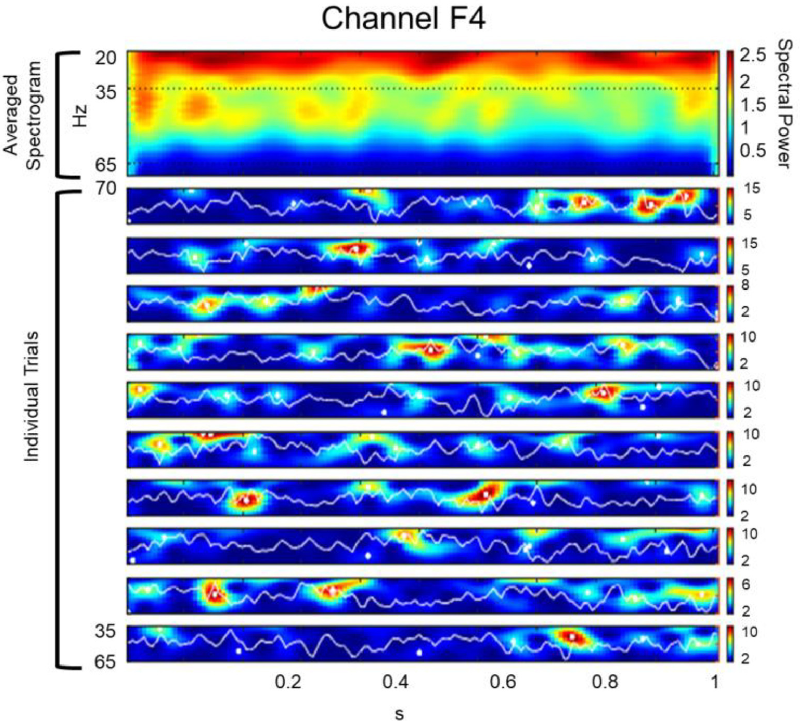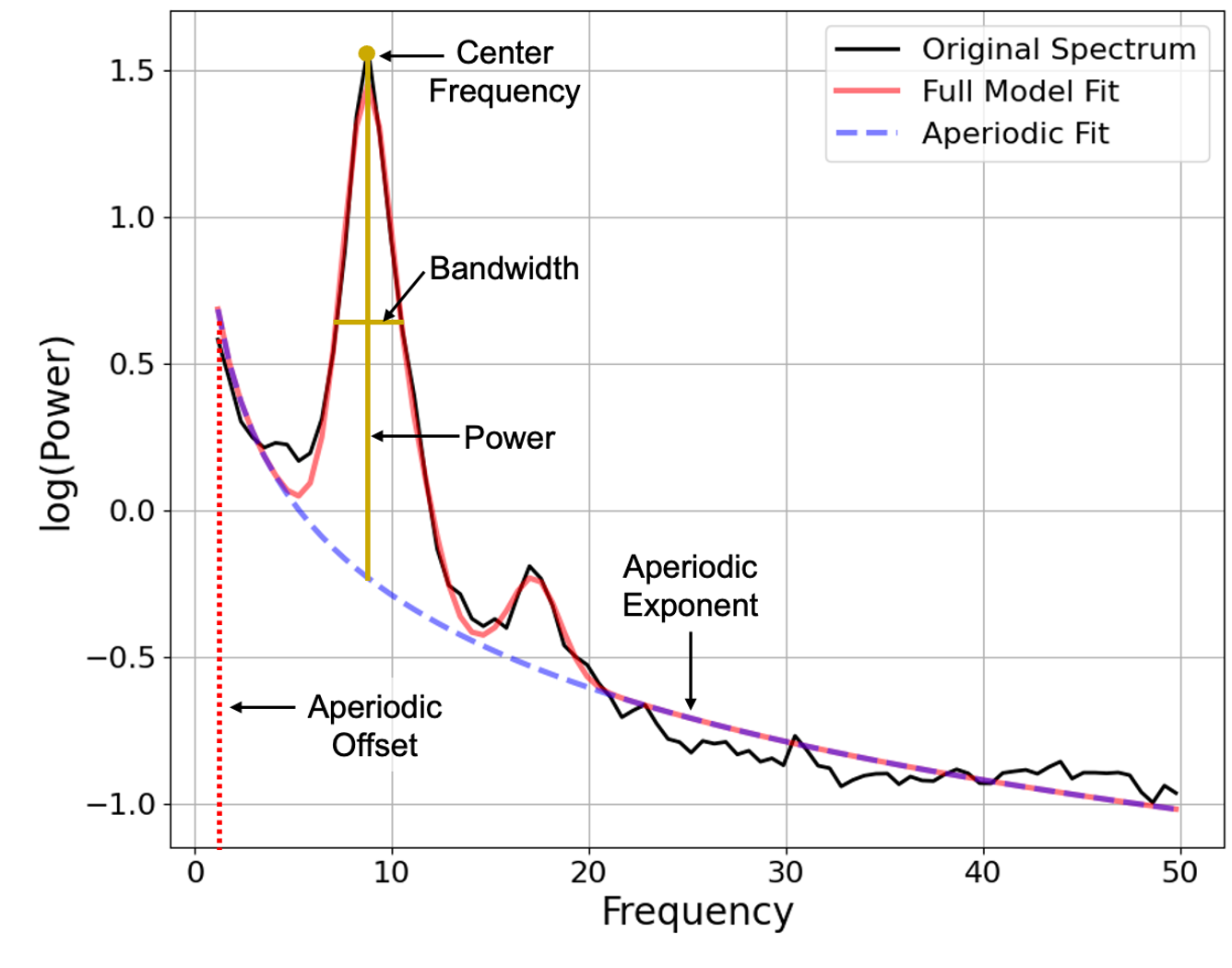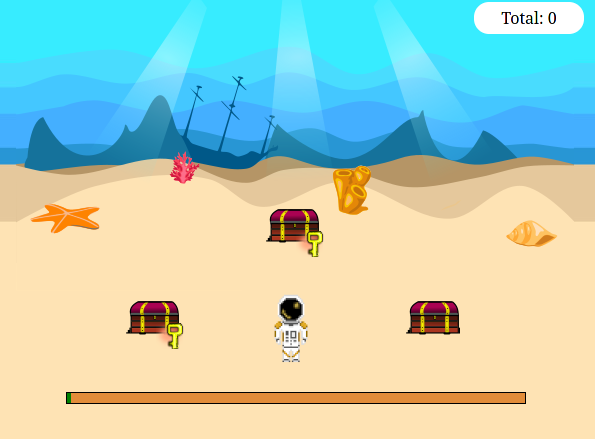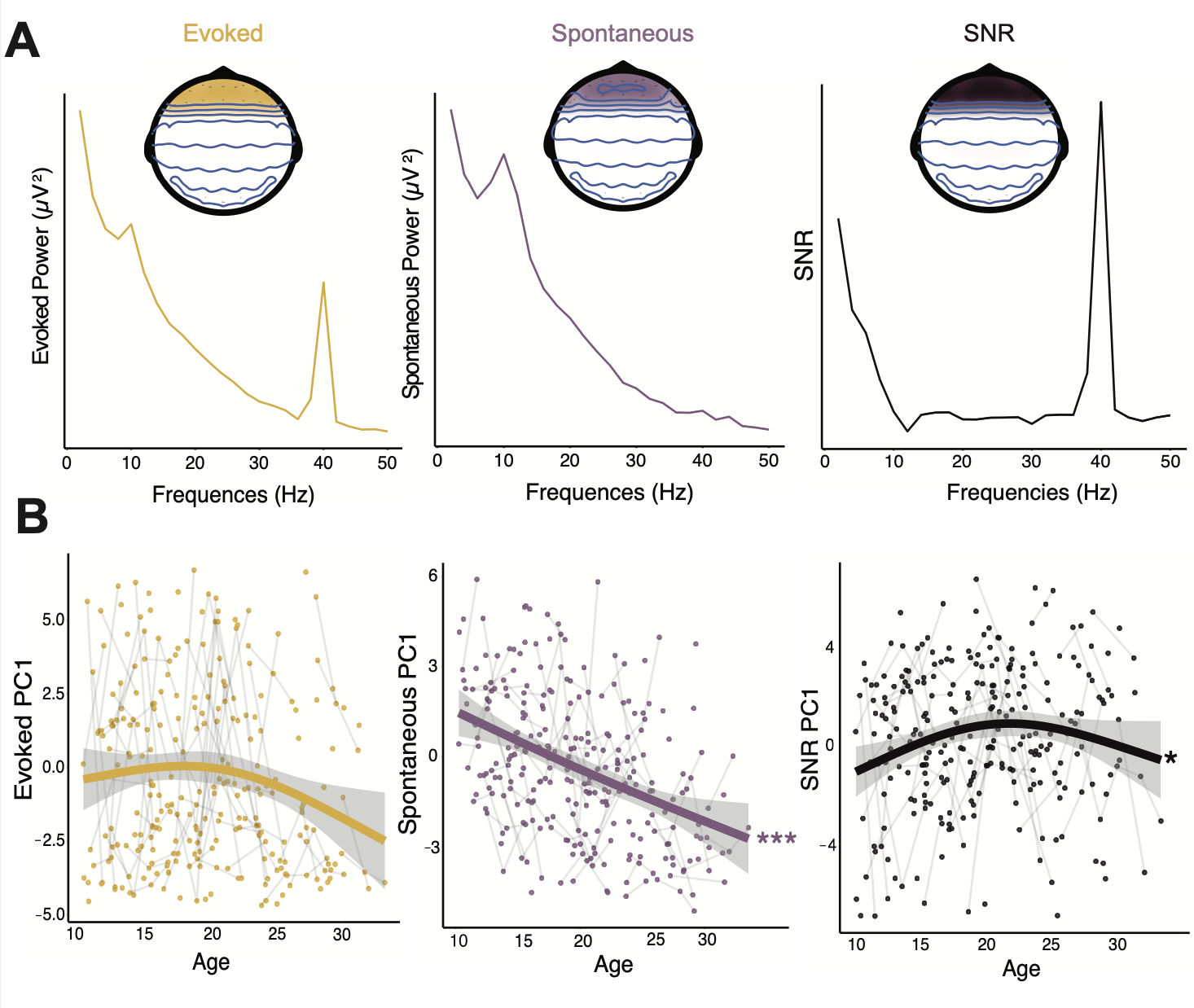Page Not Found
Page not found. Your pixels are in another canvas.
A list of all the posts and pages found on the site. For you robots out there is an XML version available for digesting as well.
Page not found. Your pixels are in another canvas.
This is a page not in th emain menu
Published:
This post will show up by default. To disable scheduling of future posts, edit config.yml and set future: false.
Published:
This is a sample blog post. Lorem ipsum I can’t remember the rest of lorem ipsum and don’t have an internet connection right now. Testing testing testing this blog post. Blog posts are cool.
Published:
This is a sample blog post. Lorem ipsum I can’t remember the rest of lorem ipsum and don’t have an internet connection right now. Testing testing testing this blog post. Blog posts are cool.
Published:
This is a sample blog post. Lorem ipsum I can’t remember the rest of lorem ipsum and don’t have an internet connection right now. Testing testing testing this blog post. Blog posts are cool.
Published:
This is a sample blog post. Lorem ipsum I can’t remember the rest of lorem ipsum and don’t have an internet connection right now. Testing testing testing this blog post. Blog posts are cool.
Published:
Recommended citation: S. McKeon, A. Rangarajan, M. Wu, T. Santini, T. Ibrahim, O. Lopez, H. Aizenstein. Evaluation of Segmentation Performance with 3T and 7T Magnetic Resonance Imaging using Freesurfer. Biomedical Engineering Society Annual Conference, Phoenix, AZ. October 2017. (Undergraduate poster/ abstract)
Published:
Recommended citation: S. McKeon, N. Joseph, A. Rangarajan, M. Wu, N. Farhat, T. Santini, S. Wood, T. Ibrahim, M. Ikonomovic, J. Kofler, O. Lopez, W. Klunk, H. Aizenstein. Co- registration of In-vivo and Ex-vivo Human MRI Brain Images. SCIENCE 2017, University of Pittsburgh. October 2017. (Undergraduate poster/ abstract)
Published:
Recommended citation: S. McKeon, N. Joseph, A. Rangarajan, M. Wu, N. Farhat, T. Santini, S. Wood, T. Ibrahim, M. Ikonomovic, J. Kofler, O. Lopez, W. Klunk, H. Aizenstein. Co- registration of In-vivo and Ex-vivo Human MRI Brain Images. Women in STEM Conference, University of Pittsburgh. February 2018. (Undergraduate poster/ abstract)
Published:
Recommended citation: S. McKeon, A. Rangarajan, M. Wu, N. Farhat, T. Santini, S. Wood, T. Ibrahim, M. Ikonomovic, J. Kofler, O. Lopez, W. Klunk, H. Aizenstein. Co- registration of MRI- defined White Matter Lesions with Ex- Vivo Histopathology. Biomedical Engineering Society Annual Meeting, Atlanta, GA. October 2018. (Undergraduate poster/ abstract)
Published:
Recommended citation: S. McKeon, A. Rangarajan, M. Wu, N. Farhat, T. Santini, S. Wood, T. Ibrahim, M. Ikonomovic, J. Kofler, O. Lopez, W. Klunk, H. Aizenstein. Co- registration of MRI- defined White Matter Lesions with Ex- Vivo Histopathology. The Society for Neuroscience Annual Meeting, San Diego, CA. November 2018. (Undergraduate poster/ abstract)
Published:
Recommended citation: S. McKeon, F. Calabro, B. Luna. EEG-derived spectral processing and the development of working memory through adolescence. Flux Society, Virtual Conference. September 2020. (Graduate poster/ abstract)
Published:
Recommended citation: S. McKeon, F. Calabro, B. Luna. Maturational changes in EEG-derived spectral bursts through adolescence during working memory maintenance. CuttingEEG, Virtual Conference. October 2020. (Graduate poster/ abstract).
Published:
Recommended citation: S. McKeon, F. Calabro, M. Perica, B. Luna. Reliability of cortical signal processing is driven by glutamate maturation and supports working memory development. Flux Society, Paris, France. September 2022. (Graduate Poster/Abstract).
Published:
Recommended citation: S. McKeon, F. Calabro, M. Perica, B. Luna. Reliability of cortical signal processing is driven by glutamate maturation and supports working memory development. Society for Psychophysiological Research, Vancouver, Canada. September 2022. (Graduate Poster/Abstract).
Published:
Recommended citation: S. McKeon, M. Perica, A. Parr, F. Calabro, W. Foran, H. Hetherington, C. Moon, B. Luna. Aperiodic EEG and 7T MRSI evidence for maturation of E/I balance supporting the development of working memory through adolescence. Flux Society, Santa Rosa, California. September 2023. (Graduate Poster/Abstract).
Published:
Recommended citation: S. McKeon, M. Perica, A. Parr, F. Calabro, W. Foran, H. Hetherington, C. Moon, B. Luna. Aperiodic EEG and 7T MRSI evidence for maturation of E/I balance supporting the development of working memory through adolescence. Society for Psychopysiological Research, New Orleans, Louisiana. September 2023. (Graduate Poster/Abstract).
Published:
Recommended citation: S. McKeon, M. Perica, A. Parr, F. Calabro, W. Foran, H. Hetherington, C. Moon, B. Luna. Aperiodic EEG and 7T MRSI evidence for maturation of E/I balance supporting the development of working memory through adolescence. Developmental Affective Neuroscience Symposium, Pittsburgh, Pennsylvania. November 2023. (Graduate Poster/Abstract).
Published:
Recommended citation: S. McKeon, M. Perica, A. Parr, F. Calabro, W. Foran, H. Hetherington, C. Moon, B. Luna. Prefrontal Excitation/ Inhibition Balance Supports Adolescent Enhancements in Circuit Signal to Noise Ratio. Flux Society, Baltimore, Maryland. September 2024. (Graduate Poster/Abstract).
Published:

Adolescence is a stage of development characterized by neurodevelopmental specialization of cognitive processes. In particular, working memory (WM) continues to improve through adolescence, with increases in response accuracy and decreases in response latency continuing well into the twenties. Human electroencephalogram (EEG) studies indicate that gamma oscillations (35–65 Hz) during the WM delay period support the maintenance of mnemonic information guiding subsequent goal-driven behavior. Importantly, recent electrophysiological studies have shown that gamma events, more so than sustained activity, may underlie WM maintenance during the delay period. However, developmental differences in gamma events during WM have not been studied. Here, we used EEG in conjunction with a novel spectral event processing approach to investigate age-related differences in transient gamma band activity during a memory guided saccade (MGS) task in 164 10- to 30-year-olds.
Published:

Adolescence has been hypothesized to be a critical period for the development of human association cortex and higher-order cognition. A defining feature of critical period development is a shift in the excitation: inhibition (E/I) balance of neural circuitry, however how changes in E/I may enhance cortical circuit function to support maturational improvements in cognitive capacities is not known. Harnessing ultra-high field 7 T MR spectroscopy and EEG in a large, longitudinal cohort of youth (N = 164, ages 10–32 years old, 347 neuroimaging sessions), we delineate biologically specific associations between age-related changes in excitatory glutamate and inhibitory GABA neurotransmitters and EEG-derived measures of aperiodic neural activity reflective of E/I balance in prefrontal association cortex.
Published:

This project utilizes Psychtoolbox to conduct an interactive experiment designed to investigate decision-making and learning processes. Participants are tasked with selecting between treasure chests that contain treasure with varying probabilities, and their choices, response times, and outcomes are recorded. The experiment includes the display of animated sprites and visual feedback on multiple screens, with real-time logging of trial data. Timing events are carefully managed to ensure accuracy, and all data is saved securely without overwriting previous files. The project aims to gather behavioral insights on decision-making under uncertainty, providing valuable information for understanding cognitive processes.
Published:

The development and refinement of neuronal circuitry allow for stabilized and efficient neural recruitment, supporting adult-like behavioral performance. During adolescence, the maturation of PFC is proposed to be a critical period (CP) for executive function, driven by a break in balance between glutamatergic excitation and GABAergic inhibition (E/I) neurotransmission. During CPs, cortical circuitry fine-tunes to improve information processing and reliable responses to stimuli, shifting from spontaneous to evoked activity, enhancing the SNR, and promoting neural synchronization. Harnessing 7T MR spectroscopy and EEG in a longitudinal cohort (N = 164, ages 10-32 years, 283 neuroimaging sessions), we outline associations between age-related changes in glutamate and GABA neurotransmitters and EEG measures of cortical SNR.
Published in NeuroImage, 2023
Adolescence is a stage of development characterized by neurodevelopmental specialization of cognitive processes. In particular, working memory continues to improve through adolescence, with increases in response accuracy and decreases in response latency continuing well into the twenties. Human electroencephalogram (EEG) studies indicate that gamma oscillations (35–65 Hz) during the working memory delay period support the maintenance of mnemonic information guiding subsequent goal-driven behavior, which decrease in power with development. Importantly, recent electrophysiological studies have shown that gamma events, more so than sustained activity, may underlie working memory maintenance during the delay period. However, developmental differences in gamma events during working memory have not been studied.
Recommended citation: McKeon, S. D. et al. Age-related differences in transient gamma band activity during working memory maintenance through adolescence. NeuroImage 120112 (2023) doi:10.1016/j.neuroimage.2023.120112 https://www.sciencedirect.com/science/article/pii/S1053811923002586
Published in Developmental Cognitive Neuroscience, 2024
Recently, politicians and legislative bodies have cited neurodevelopmental literature to argue that brain immaturity undermines decision-making regarding gender-affirming care (GAC) in youth. Here, we review this literature as it applies to adolescents’ ability to make decisions regarding GAC.
Recommended citation: Orma Ravindranath, Maria I. Perica, Ashley C. Parr, Amar Ojha, Shane D. McKeon, Gerald Montano, Naomi Ullendorf, Beatriz Luna, E. Kale Edmiston. Adolescent neurocognitive development and decision-making abilities regarding gender-affirming care. Developmental Cognitive Neuroscience. 2024. 101351. ISSN 1878-9293. https://www.sciencedirect.com/science/article/pii/S1878929324000124
Published in Developmental Cognitive Neuroscience, 2024
Adolescence has been hypothesized to be a critical period for the development of human association cortex and higher-order cognition. A defining feature of critical period development is a shift in the excitation: inhibition (E/I) balance of neural circuitry, however how changes in E/I may enhance cortical circuit function to support maturational improvements in cognitive capacities is not known. Harnessing ultra-high field 7 T MR spectroscopy and EEG in a large, longitudinal cohort of youth (N = 164, ages 10–32 years old, 347 neuroimaging sessions), we delineate biologically specific associations between age-related changes in excitatory glutamate and inhibitory GABA neurotransmitters and EEG-derived measures of aperiodic neural activity reflective of E/I balance in prefrontal association cortex.
Recommended citation: McKeon, S. D. et al. Aperiodic EEG and 7T MRSI evidence for maturation of E/I balance supporting the development of working memory through adolescence. Developmental Cognitive Neuroscience. (2024) doi: https://doi.org/10.1101/2023.09.06.556453 https://www.sciencedirect.com/science/article/pii/S1878929324000343
Published in Progress in Neurobiology, 2024
The development and refinement of neuronal circuitry allow for stabilized and efficient neural recruitment, supporting adult-like behavioral performance. During adolescence, the maturation of PFC is proposed to be a critical period (CP) for executive function, driven by a break in balance between glutamatergic excitation and GABAergic inhibition (E/I) neurotransmission. During CPs, cortical circuitry fine-tunes to improve information processing and reliable responses to stimuli, shifting from spontaneous to evoked activity, enhancing the SNR, and promoting neural synchronization. Our findings reveal age-related shifts in glutamate and GABA balance, which enhance cortical signal-to-noise ratio (SNR) and neural synchronization during cognitive tasks. These changes align with improvements in working memory, highlighting critical period plasticity in the PFC. This work sheds light on how stabilized circuitry supports efficient neural recruitment for adult-like behavior.
Recommended citation: McKeon, S.D. et al. Prefrontal Excitation/ Inhibition Balance Supports Adolescent Enhancements in Circuit Signal to Noise Ratio. Progress in Neurobiology. 2024. https://doi.org/10.1016/j.pneurobio.2024.102695. https://www.sciencedirect.com/science/article/pii/S030100822400131X#ab0010
Published:
Presented my paper on aperiodic EEG activity and its associated with 7T- derived measures of GABA and Glu to interrogate mechanisms of critical period plasticity in adolescent PFC. The corresponding publication can be found here.